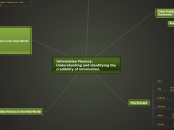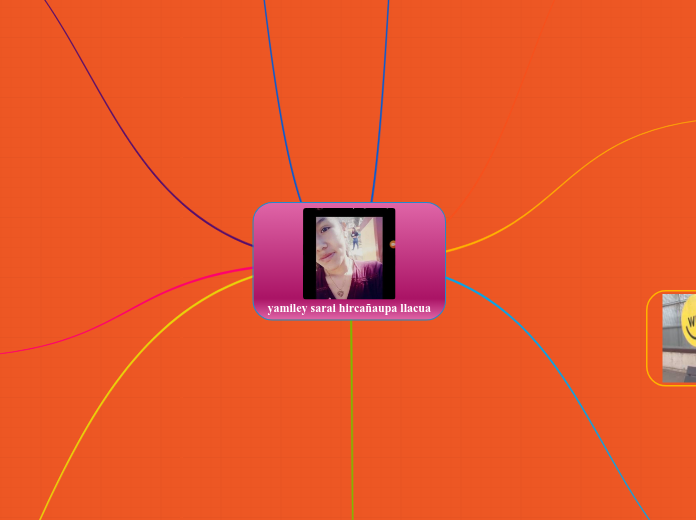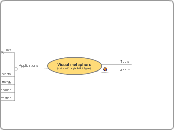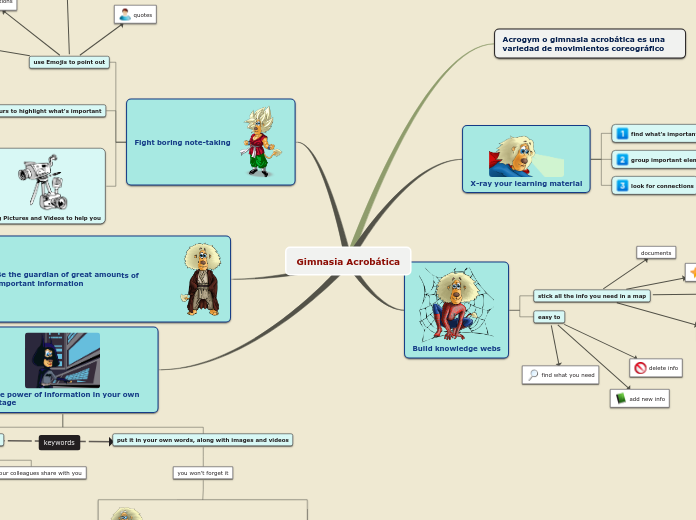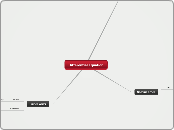によって William Carey 11年前.
352
Information Fluency
With the overwhelming amount of information available today, understanding and evaluating its credibility has never been more crucial. The concept of Information Fluency, which includes the steps Ask, Access, Analyze, Apply, and Assess, helps individuals navigate this sea of data effectively.
